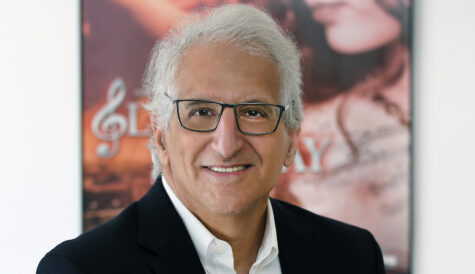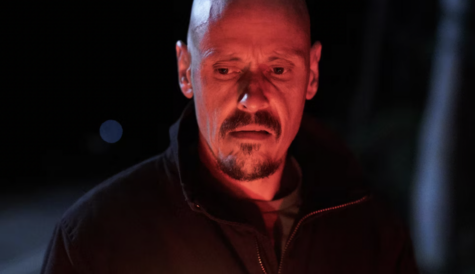Viewpoint: Kids TV funding for indies
 If you work in kids TV, you can’t help but look over the fence and wonder whether the competition’s grass is greener. One of my favourite animated shows, which I had nothing to do with, is Disney’s Phineas and Ferb.
If you work in kids TV, you can’t help but look over the fence and wonder whether the competition’s grass is greener. One of my favourite animated shows, which I had nothing to do with, is Disney’s Phineas and Ferb.
It’s a brilliant concept, totally kid-connective and has run for four seasons and 113 episodes; Perry the Platypus is my hero. But whilst taking nothing away from Disney’s creative brilliance, what didn’t happen, as a major Hollywood Studio production, was a struggle to finance the show.
The coproducer(s) will provide you with partial funding, but probably not enough to go into production… Never greenlight production unless you have at least 80% of the funding committed
Once the decision is made to go to a first season, Disney will create a Ten Year Ultimate (a sales forecast), consisting of the sum of licence fees from all their Disney Channels (or Disney XD or Disney Junior) worldwide, plus the third-party distribution sales to free TV broadcasters, VOD, streaming and other customers. They’ll add some overhead and then create an investment case to calculate the internal rate of return (IRR) based on a prescribed discount rate, to take account of the time value of money. And that’s it. The show is greenlit, and then it’s all the fun of the creative bit.
It’s not quite so simple if you are an independent content creator. What are the steps to finance your show? The first issue is intellectual property. This is the gold dust, and you should hang onto as much of it as you can. If you are pitching for coproducers, my advice is try not to give away more than 15%. You may well have more than one coproducer, so you risk surrendering a big slice of your IP. Be as mean as you can to get the deal.
The coproducer(s) will provide you with partial funding, but probably not enough to go into production. It’s tempting to start animating straight away, but don’t. Never greenlight production unless you have at least 80% of the funding committed.
A distributor will want 30% or 35% of the gross revenue for selling the show… the profit share to the VC is a percentage of the 65% or 70% that is left
So how do you fill the gap? A distributor will normally pay you an advance when they see your demo tape or first full ep, but the most you can expect to get is perhaps US$400,000, so you will likely still be below that 80% bar. Crowdfunding is becoming increasingly popular but carries a risk, particularly one of time.
Is a better route is to pitch to a VC? A financial investor will assess your project against a number of criteria, but critically will need to believe that your project has a market – namely broadcasters that want it – and that you are willing to give a good rate of return on their investment. By that I mean a rate that beats the market, perhaps 12% to 15%. A prospective VC will want to drill down into your project and know that you are taking some risk yourself. In other words, you need to demonstrate that “you have skin in the game”.
The first document that the VC will scrutinise is the budget. This needs to be realistic and detailed. One tip is build some margin in yourself for the production, but also accept that the VC will want to earn some of your reward as sweat equity – or effort, as it is better known. Provide letters of intent from prospective clients and talk up the creative. A strong independent and passionate creative voice is a key ingredient of the convincing process for a VC.
Crowdfunding is becoming increasingly popular but carries a risk, particularly one of time
And be clear what the deal is. How much of the profit distribution is the VC going to get and what percentage of the IP are you providing them with? The bigger the investment, the more that you will have to surrender.
Have a rationale, and be fair but tough. Accept, though, that if you decide on half the production budget in cash, you are going to need to surrender perhaps 30% of the property to get it made. And finally, keep the VC updated. Provide regular written status reports, meet regularly and keep them committed. For the VC, a dialogue with a kids animator is probably one of their most enjoyable conversations of the day.
Remember that profit share must be after the distributor’s fee, so be clear what percentage you are talking about. Typically a distributor will want 30% or 35% (including expenses) of the gross revenue, excluding tax, for selling the show to a broadcaster or another customer. That means the profit share to the VC is a percentage of the 65% or 70% that is left.
Ultimately, your creative idea has to be stunning. Getting the money is something that requires huge effort, but don’t get discouraged. If it’s not for you, why not try getting a job at a studio (wink, wink)?
Paul Robinson is the former CEO of KidsCo and media consultant recently appointed as boss of Germany’s Your Family Entertainment



